From the enigmatic smile of the Mona Lisa to the graceful curves of the Venus de Milo, the Louvre holds keys to the past that are just too fascinating to miss.
Stepping into the Louvre, especially through its iconic glass pyramid (yes, the one from “The Da Vinci Code”), you’re entering what used to be a royal palace.
Now, it’s a palace of art, where every corner holds a story, and every room invites you to linger.
Given its size, it’s easy to feel overwhelmed. Without a guide, you’re the captain of your ship, navigating through the seas of art.
It’s a good idea to come prepared with snacks and drinks to keep your energy up because exploring the Louvre is no small feat.
Whether you’re here for a day or can spare a couple, focus on what intrigues you most.
There’s no way to see it all, so pick your battles and enjoy the journey.
Navigating by Category
Now, the Louvre doesn’t just throw all these pieces together in a jumble.
They’re neatly categorized into eight departments:
- Paintings
- Egyptian Antiquities
- Greek, Etruscan, and Roman Antiquities
- Near Eastern Antiquities
- Sculptures
- Decorative Arts
- Islamic Art
- Prints and Drawings
This organization helps a bit, but there’s still the colossal task of navigating the museum’s sprawling layout.
Louvre Museum’s Layout
Louvre’s layout looks like an upside-down “U,” and its art collections are spread over three wings: the Sully, Richelieu, and Denon wings.
The Sully Wing is at the base, the Richelieu and Denon Wings branch out on either side, and the famous glass pyramid dominates the structure.
With the glass pyramid at the center of the “U,” each of the three wings has four floors.
- Rez-de-Chaussee (ground floor – first floor)
- Entresol (mezzanine above the ground floor)
- 1er Etage (second floor)
- 2me Etage (third floor)
Each wing is a world of its own, housing over 70 rooms filled with art that can teleport you through time and space.
You can also download the map of all the Louvre museum floors here.
This Louvre map provides a detailed layout of the museum’s galleries, exhibition rooms, and facilities, including restrooms, cafes, and shops.
Visitors can use the map to plan their visit, locate specific artworks or collections, and navigate the museum’s vast collection.
1. Sully Wing

The Sully Wing, located on the eastern end of the Louvre, is named after Maximilien de Béthune, the Duke of Sully and a key figure in French history as the finance minister and chief advisor to King Henry IV.
This section of the museum, the oldest in the Louvre, is a treasure trove of art and history,
showcasing a wide range of artifacts that span various epochs and cultures.
Getting to Sully Wing
Present your ticket at the Pyramid or Carrousel du Louvre and proceed straight between two staircases to reach the Sully Wing. The restrooms are to your left.
Follow the passage down until you reach the pink granite Great Sphinx marking the entrance to the Egyptian Antiquities at the Medieval Louvre.
Major Highlights of Sully Wing:
Some of the world’s most beautiful sculptures are housed in the Sully Wing of the Louvre Museum in Paris.
This vast collection of masterpieces originates from various civilizations and time periods.
The wing’s third floor is celebrated for its extensive collection of French paintings, allowing visitors to explore the country’s rich artistic heritage deeply.
The first and second floors are dedicated to the ancient civilizations of Greece and Egypt, showcasing historical treasures that offer insights into these ancient societies.
Level 0 →

Venus de Milo
Room 345

Great Sphinx of Tanis
Room 338

Sleeping Hermaphrodite
Room 348

Tamutnefret’s coffins
Room 321
Level 1 →

The Seated Scribe
Room 635

Euphronios Krater
Room 652
Level 2 →

The Cheat
Room 912

The Bather
Room 940
2. Richelieu Wing
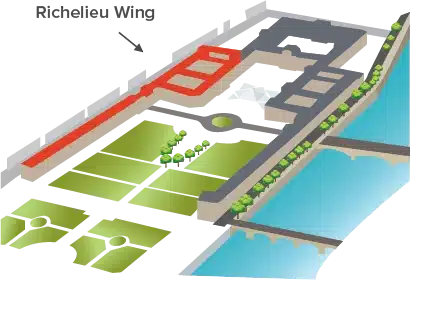
The Richelieu Wing, named after Cardinal Richelieu, a key figure in French history, stretches along Rue de Rivoli.
Cardinal Richelieu, Chief Minister to King Louis XIII, lends his name to this northern wing.
Notably, the Richelieu Wing includes Napoleon’s Apartments, providing a luxurious insight into the Emperor’s lifestyle.
This wing presents a comprehensive journey through art, history, and the wealth of past eras.
Getting to Richelieu Wing
The Richelieu Wing at the Louvre Museum is located on the northern side of the museum, running parallel to the Rue de Rivoli.
Visitors can enter the Richelieu Wing through the Pyramid or the Carrousel du Louvre.
Major Highlights of Richelieu Wing
The Richelieu Wing houses an extensive collection of French, German, and Dutch paintings on the third floor, showcasing the depth of European art.
The second floor is dedicated to Renaissance treasures, offering a glimpse into a transformative era of history.
On the ground floor, visitors can explore French sculptures, tracing the evolution of form and expression.
Level 0 →
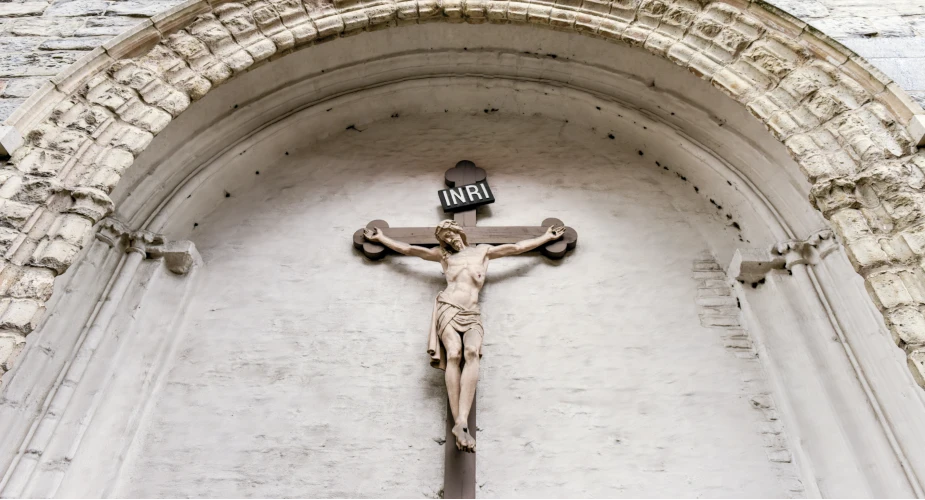
Christ detached from the Cross
Room 206
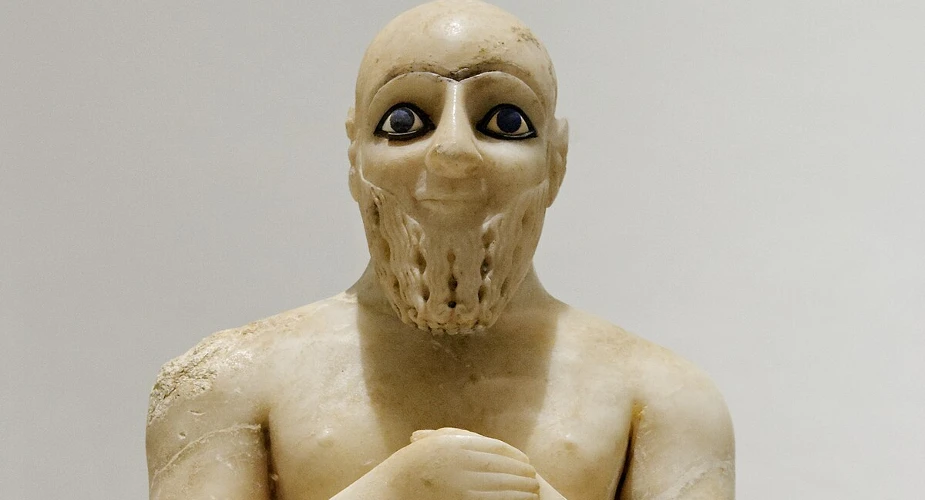
Statue of Ebih II
Room 234
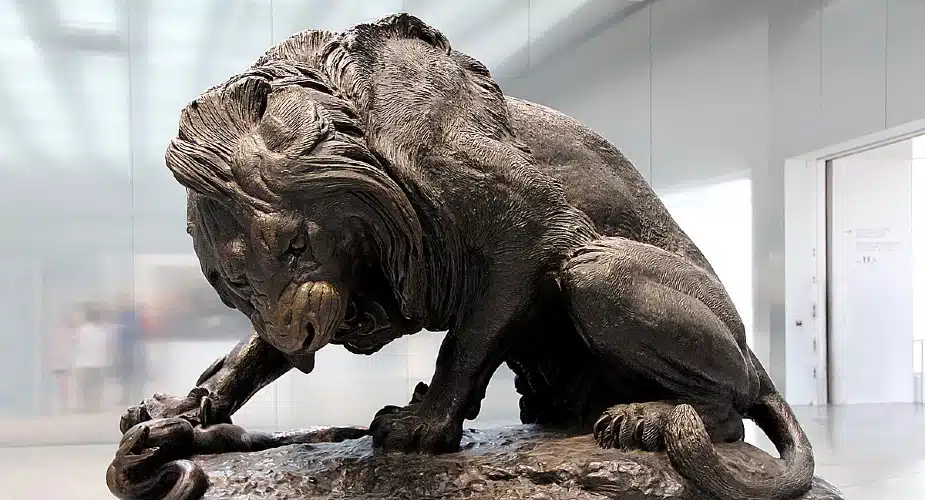
The Lion & the Serpent
Room 105
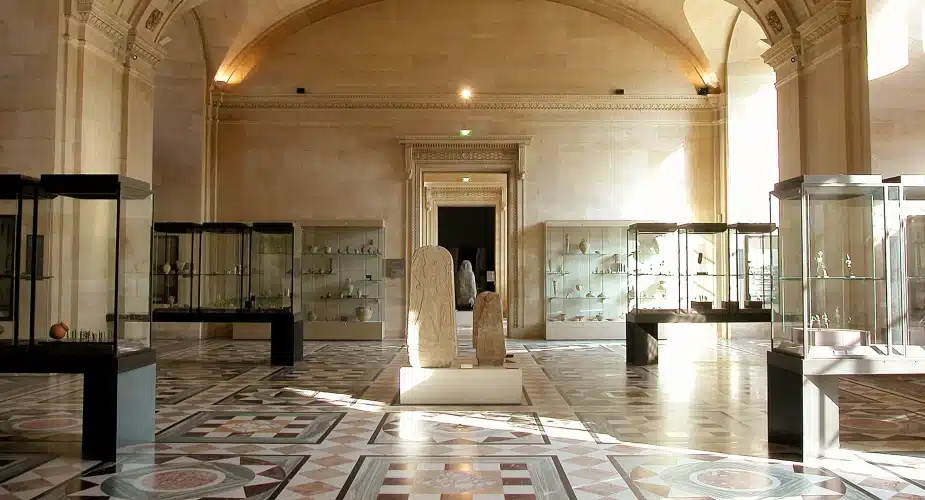
Inside an Assyrian Palace
Room 229
Level 1 →
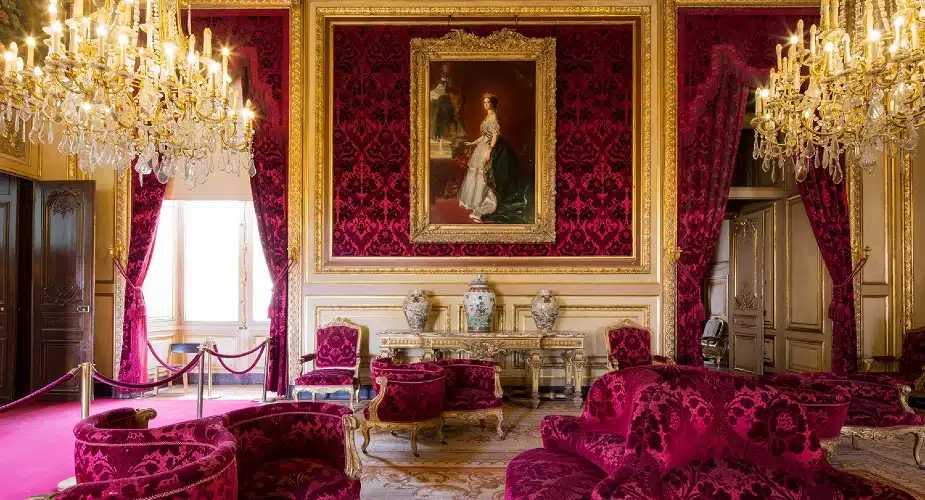
Napoleon III apartments
Room 544
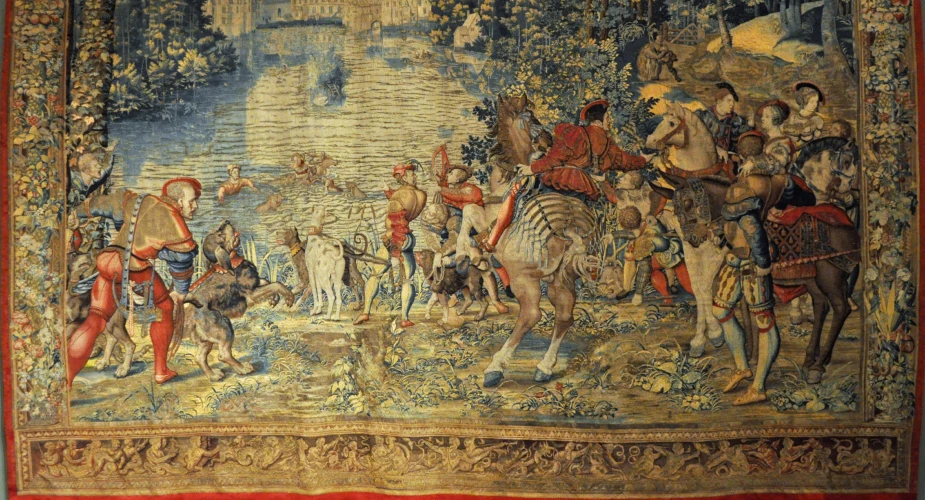
Gallery of Maximilian’s Hunt
Room 507
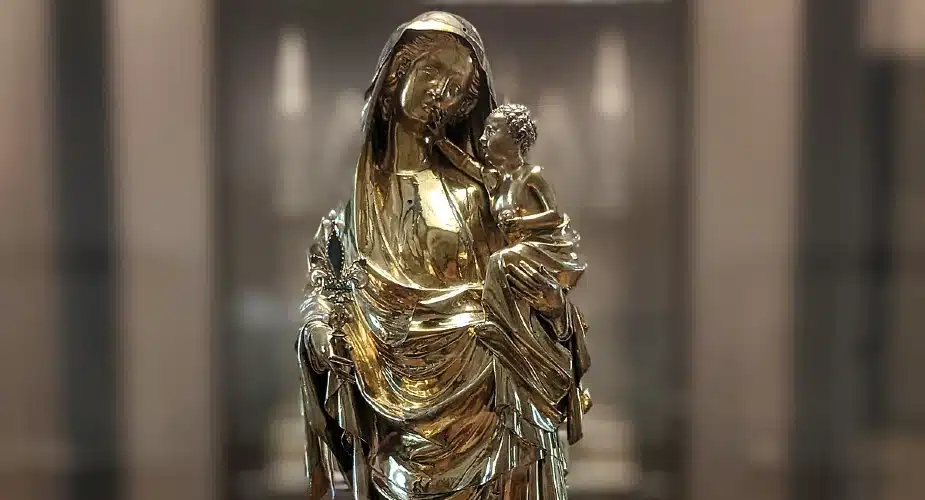
The Virgin of Jeanne of Evreux
Room 503
Level 2 →
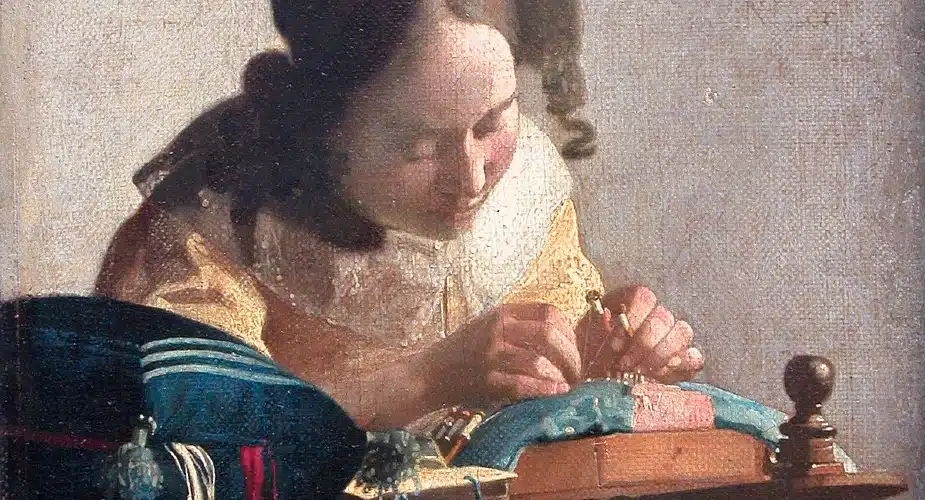
The Lacemaker
Room 837
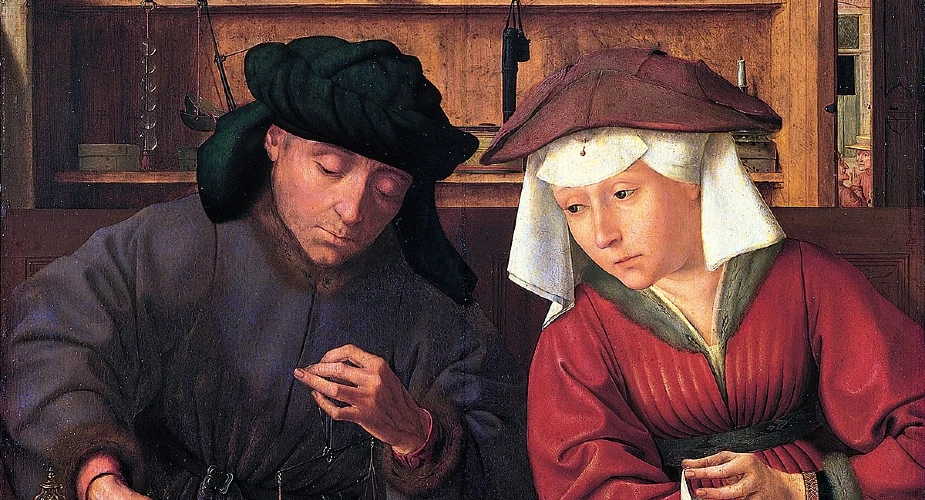
The Moneychanger and his Wife
Room 814

Francois I
Room 822
3. Denon Wing
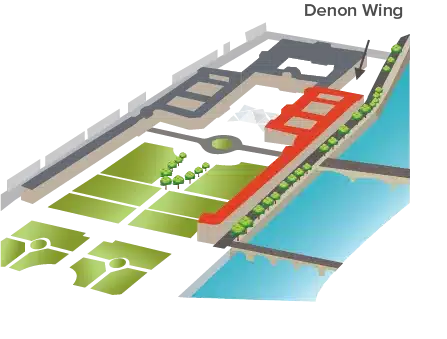
The Denon Wing, named after Dominique Vivant, Baron Denon, the Louvre’s first director, lines the Seine’s right bank and is famed for housing the museum’s most iconic masterpieces.
Dominique was a multifaceted figure known for his work as an archaeologist, diplomat, author, and artist, guiding the museum into its early prominence under Napoleon’s directive.
Getting to Denon Wing
The Denon Wing of the Louvre Museum is located on the western side of the museum, and visitors can enter through the Pyramid.
If you want a swift entry with minimal crowd, go through the Carrousel du Louvre rather than the I.M. Pei Pyramid Entrance
Major Highlights of the Denon Wing
In the Denon Wing of the Louvre Museum, you can see masterpieces like Leonardo da Vinci’s Mona Lisa and Michelangelo’s Rebellious Slave and Dying Slave.
Two iconic artworks reside on the second floor of the Denon Wing, highlighting its significance in housing unparalleled art treasures.
Level 0 →

Saint Mary Magdalene
Room 169
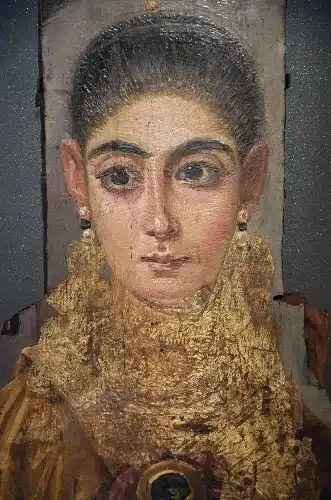
‘L’Europeenne’
Room 183
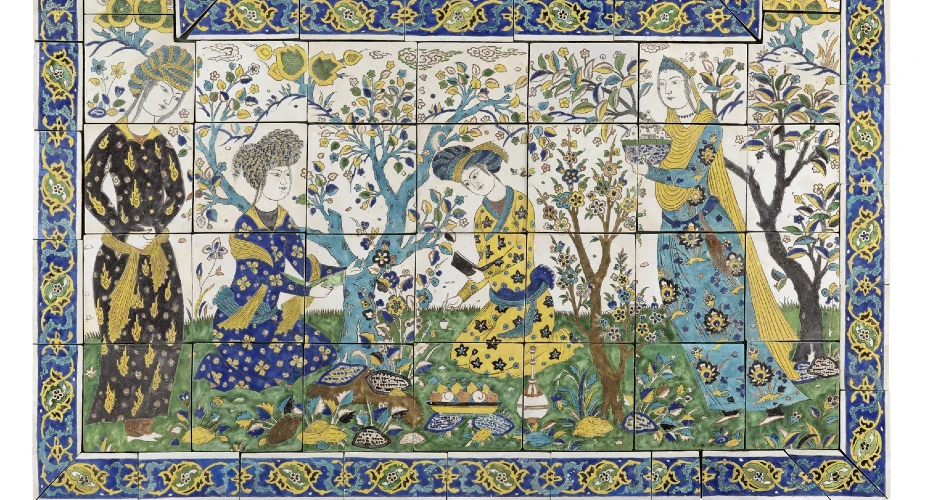
Panel Depicting a Poetry Contest
Room 186
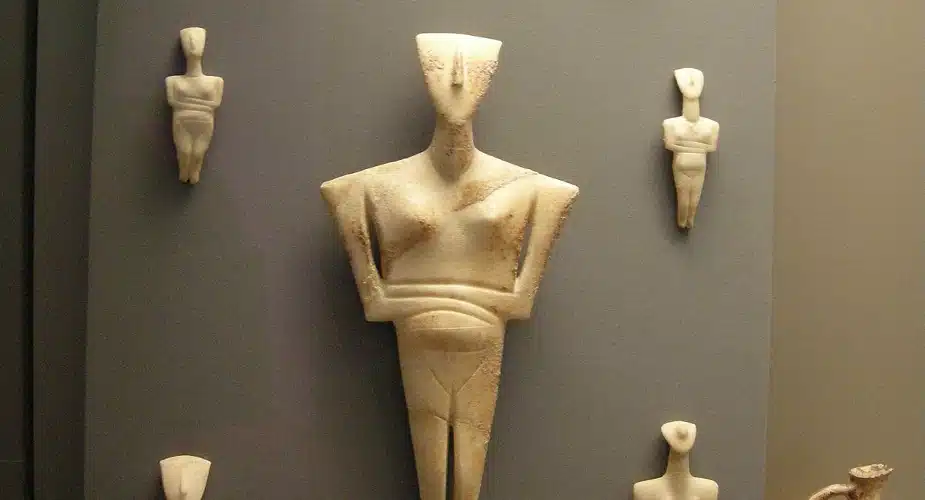
Cycladic Idol
Room 170
Level 1 →
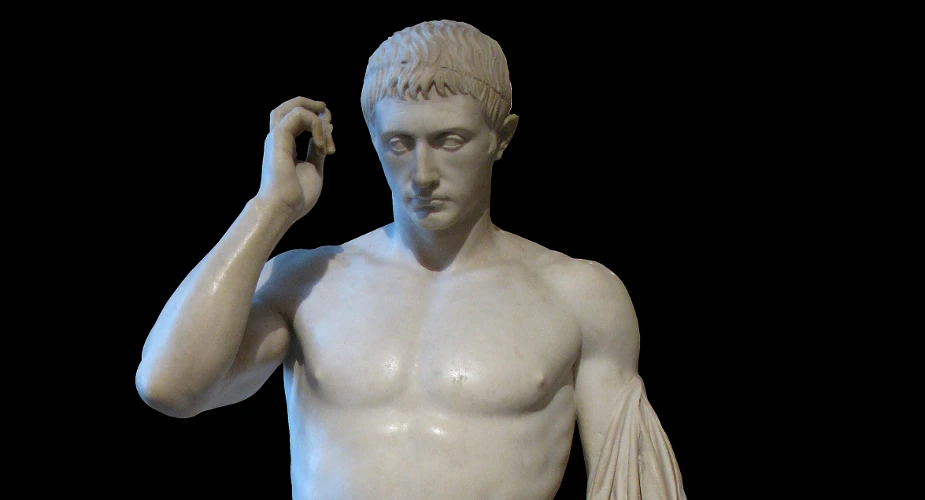
Statue of Marcellus
Room 410
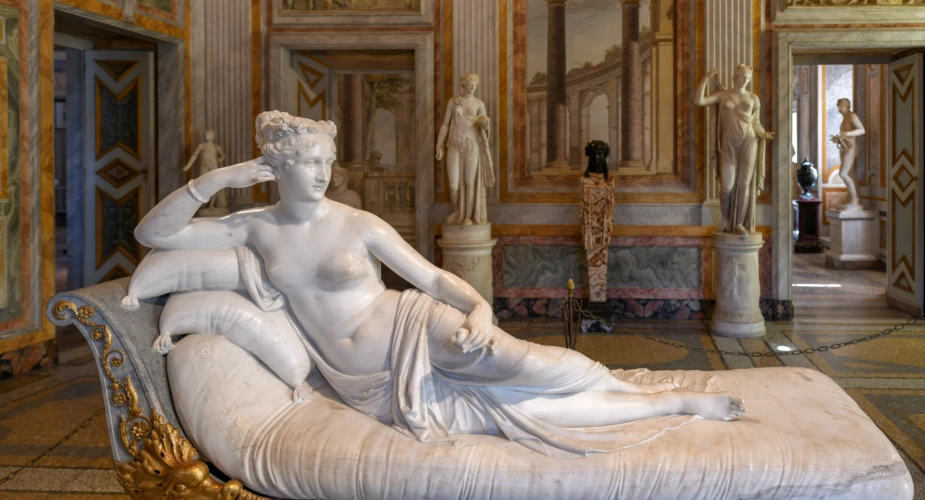
The Dying Slave
Room 403
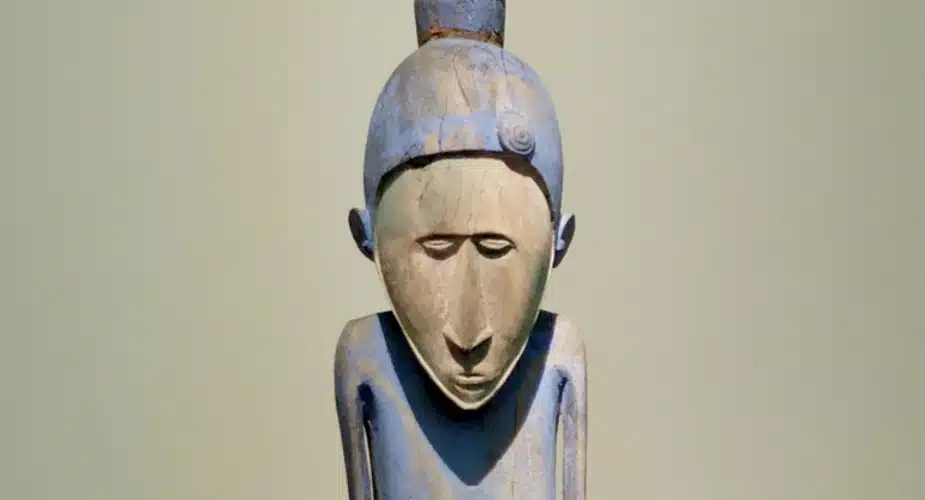
Sculpture from Malo Island
Room 427
Level 2 →
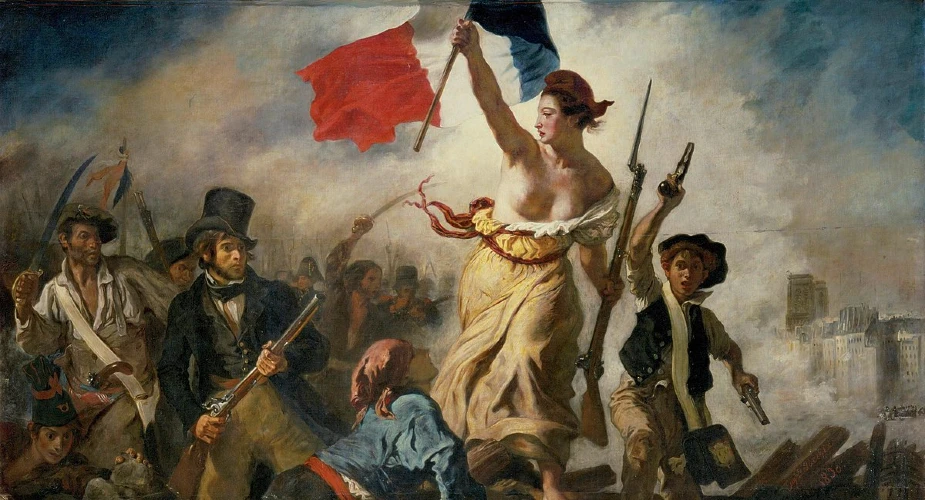
Liberty leading the people
Room 700
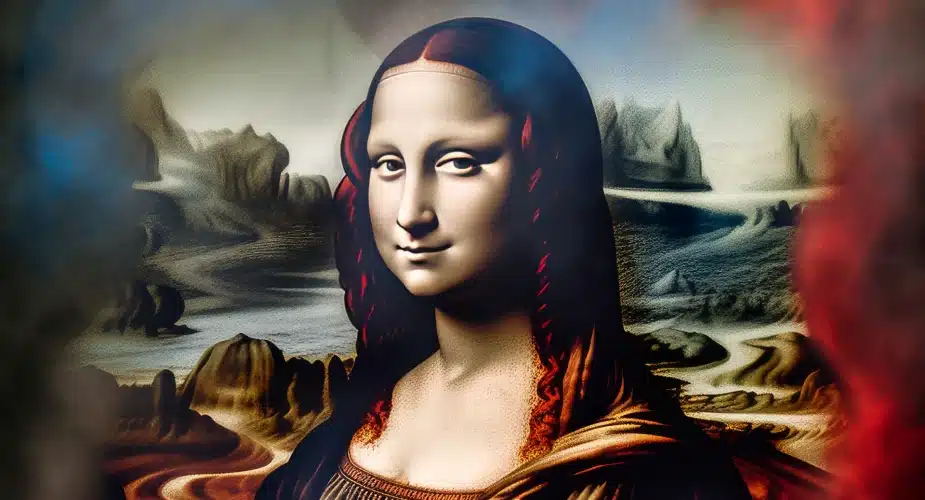
Mona Lisa
Room 711
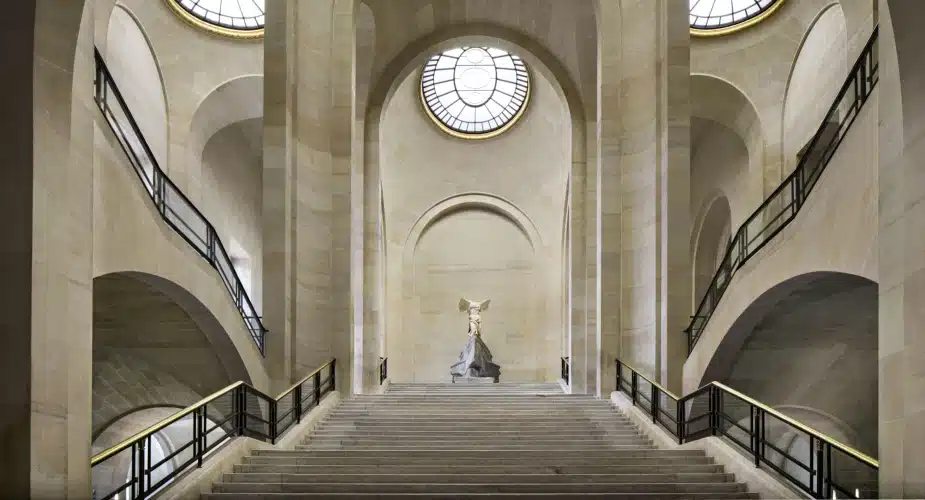
The Winged Victory of Samothrace
Room 703
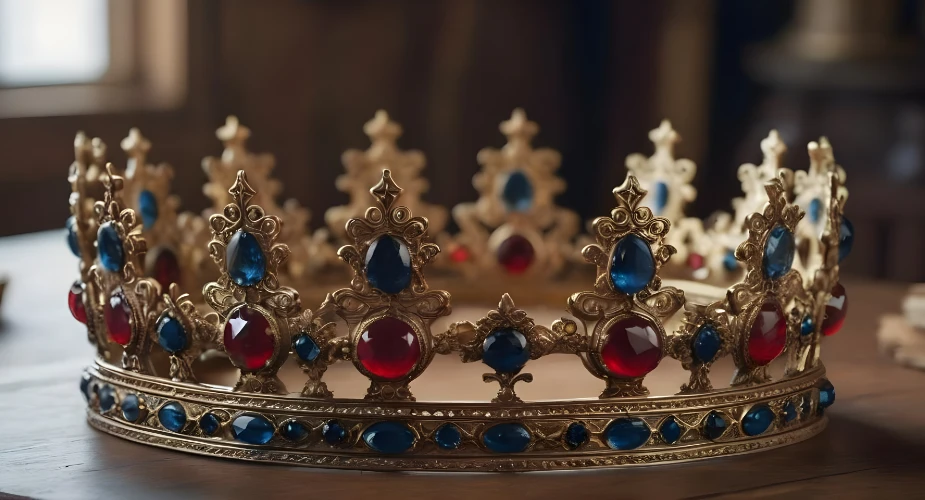
The French Crown Jewels
Room 705
Mastering the Louvre Museum Maps
Start by checking the museum’s official website, which includes helpful tips and visitor trails tailored to your time and interests in the museum.
You can also download the map of the Louvre Museum or take one at the information desk located under the Pyramid upon your arrival.
Sully, Denon, and Richelieu are three wings of The Louvre Museum, each with its own entrance.
The Pyramid is the Louvre’s main entrance, and at peak times, you may also be able to use the Carrousel or Porte des Lions entrances.
Once inside, you can pick up the museum map and plan your visit according to your interests.
Also Read: What are the secret entrances to the Louvre Museum?
Louvre Interactive Museum Floor Plan
The Louvre Museum’s interactive map enhances the visitor experience by offering real-time positioning technology.
This feature helps visitors find their way around the museum easily.
It also allows for a personalized journey, guiding them to specific artworks or through various themed tours.
Moreover, the interactive map serves as a helpful planning tool, offering detailed insights into the museum and its attractions.
A key goal of the Louvre’s digital innovation initiative is to improve visitor experiences and appeal to a wide audience, especially young and tech-savvy visitors.
How to use it:
- Visit the official website or download the Louvre Museum’s app.
- Zoom in and out to see different areas of the museum
- Tap on artworks or artifacts for details and images
- Search for specific artworks or browse by section.
- Take virtual tours to get familiar with the layout.
Frequently Asked Questions
Where can I find a map of the Louvre Museum?
You can find an interactive map on the Louvre Museum’s official website. The museum also offers printed maps at the information desks and entrances.
What languages are the Louvre maps available in?
The online map of the Louvre is available in seven languages, including English, French, Arabic, Chinese, Russian, German, and Hindi.
However, printed maps are typically available in English and French.
Do I need to download anything to use the Louvre interactive map?
No, the map is web-based and can be accessed from any device with an internet connection.
Do I need a map to visit the Louvre?
While not essential, a map can be helpful for navigating the large and complex museum.
If you are short on time or have specific artwork in mind, a map can help you plan your visit efficiently.
Where can I find printed maps at the Louvre?
Printed maps are available at the information desks and entrances to the museum.
Can I rent an audio guide with a map?
Yes, the museum offers audio guides with maps and information about selected artworks.
Featured Images: Amazon.com



